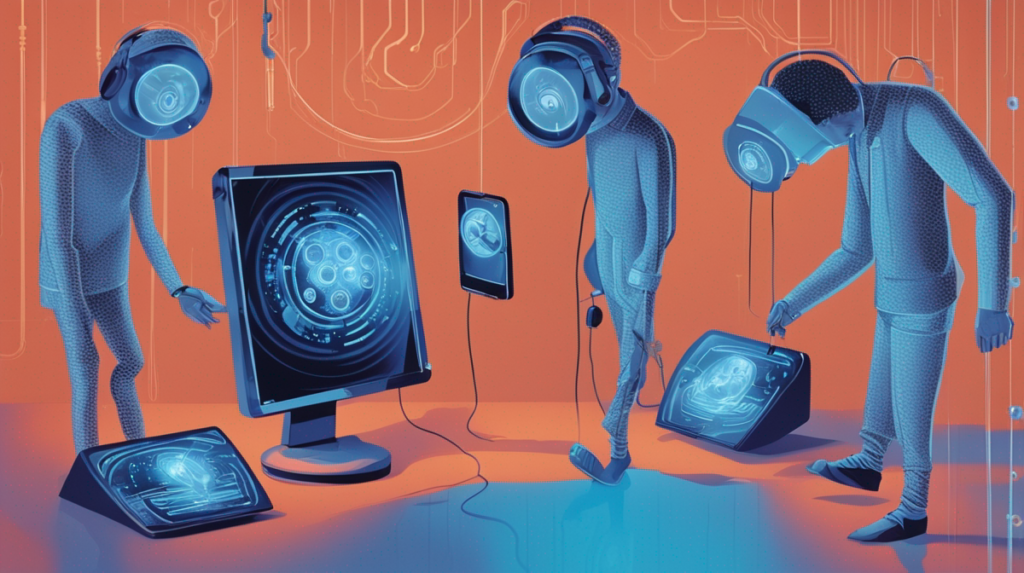In today’s digital world, you’d be hard-pressed to find an individual who doesn’t interact with a gadget of some kind every day, be it a smartphone, smartwatch, or laptop. While these digital companions have undeniably transformed our lives, how often do we consider the science behind them or their implications on our health? This article delves into understanding the effect of these gadgets on our wellness, backed by studies and grounded in science.
The Science Behind Screens
How does screen time affect our health? Devices like smartphones, computers, and televisions emit high-frequency visible light, or blue light. Studies point out that excessive exposure to blue light, especially late at night, can disrupt our circadian rhythm, commonly known as our ‘body clock.’
Numerous scientific research pieces like the ones from the Harvard Medical School and the AMC Sleep Center suggest this disruption can lead to health issues such as sleep disorders and deteriorating eye health, emphasizing the need for controlled screen time, particularly in the evening.
Health Impact of Radio Frequencies
Radio frequency (RF) radiation from gadgets like mobile phones and Wi-Fi routers is another area of interest. While most studies, including the ones from the World Health Organization (WHO) and Federal Communications Commission (FCC), indicate that low-level RF exposure is safe, some studies suggest possible associations with long-term health risks. The debate around this topic is ongoing, and so far, there is no scientific consensus.
Effects of Sedentary Lifestyle
Another health-related aspect attributable to our gadget use is living a sedentary lifestyle. Spending hours sitting in front of screens can lead to decreased physical activity, contributing to obesity and related health problems such as diabetes and heart disease, according to studies by the American Heart Association and the Journal of the American Medical Association.
Practical Tips for Responsible Gadget Use
In light of our reliance on gadgets, how can we use these devices more responsibly? Here are some actionable tips:
- Limit screen time, especially before bedtime, to prevent disruption of sleep patterns.
- Adhere to the ’20-20-20′ rule: every 20 minutes, take a 20-second break and look at something 20 feet away to reduce eye strain.
- Limit sedentary behavior, incorporate physical activity during breaks, use standing desks, or do simple exercises while sitting.
- Although the evidence around RF radiation is not conclusive, it would be prudent to use devices at a distance whenever possible.
In conclusion, understanding the science behind our favorite gadgets brings awareness of their effects on health and guides us toward healthier habits. As technology continues to advance, it’s essential to stay informed and adopt responsible usage practices.

